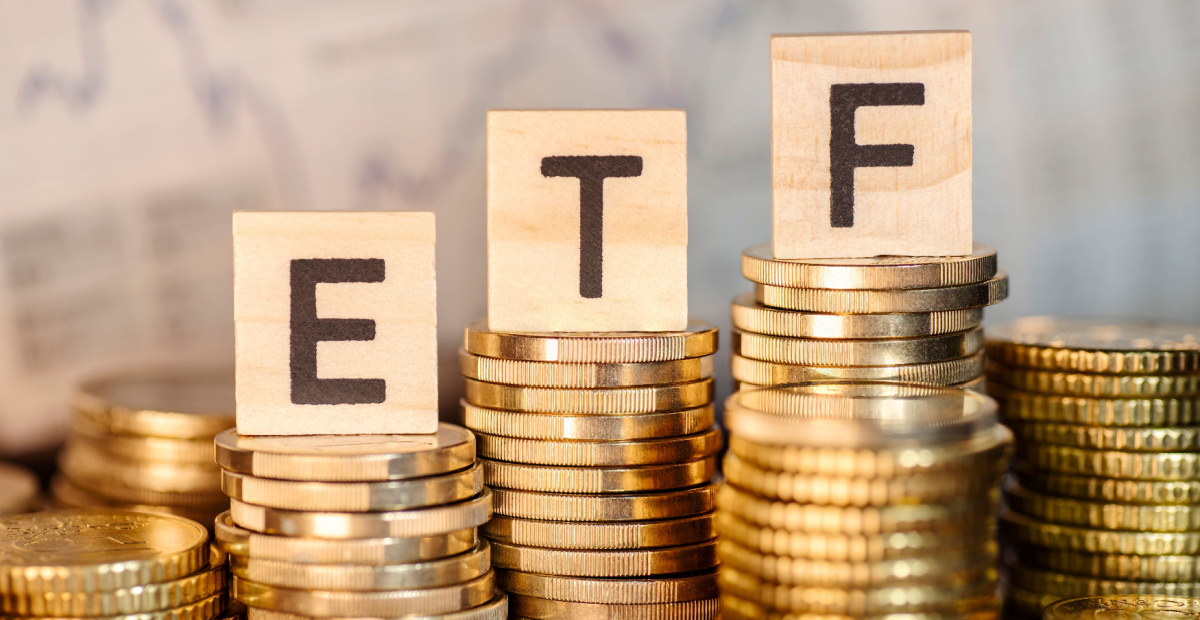Aussie ETF market to swell to new record in 2024

The global exchange traded fund (ETF) market could grow by up to 25% in assets under management (AUM) this year, with the Australian market potentially outperforming worldwide inflows, according to new data from State Street.
Releasing its 2024 Global ETF Outlook report today, which surveys professional ETF investors worldwide, State Street predicts that Australian ETF inflows will increase by around 30% this year.
This comes off the back of persistently strong demand for ETF staples of equity and fixed income passive funds, according to State Street’s Country Head, Australia, Tim Helyar, which he said remain the core strategies in advisor, retail and institutional investor portfolios.
“In Australia, index tracking ETFs have essentially become building blocks for investor accounts. The low expense ratios enable cost-effective asset allocation based on the wide range of asset classes, size, factors and sectors or themes,” Helyar added.
Regionally, Asia Pacific (excluding Japan) was seen as the “big winner” for ETF flows last year, with record-setting total ETF flows of US$169 billion (AU$257 billion), exceeding the 2022 record by over 35%. This included new highs for net inflows recorded in Australia, as well as China, South Korea and Taiwan.
Globally, ETFs ended the year with US$11.6 trillion (AU$17.6 trillion) in assets, delivering the second-largest flows on record and exceeding 2022 by nearly 15%.
While passives still reign supreme in Australia, State Street is also predicting further growth of the active ETF market locally, with the entry of 10 new issuers leveraging the dual registry/share class model.
Last year, inflows to active ETFs in Australia reached $6.3 billion, four times higher than the 2022 total.
“The emergence of active ETFs through the dual registry model will enable investors to select funds, managers and strategies which they believe will create alpha,” Helyar said.
“This creates additional choice in the marketplace, but in order for these strategies to gain traction the issuers will need to develop ETF expertise.”
Globally, State Street predicts the expanded availability of active ETFs across all markets and issuers. This will not necessarily come solely at the expense of active mutual funds but also from smart beta ETFs, which made up only 6% of 2023 flows.
“This makes sense considering many active managers launched their first ETF using a rules-based approach in leveraging investment factors (value, quality, momentum, size, low volatility, etc.).”
According to State Street, global growth in ETFs will be underpinned by four factors: continued innovation by manufacturers and investors; younger investors’ preference for ETFs; the expanded availability of active ETFs; and investor intentions to increase portfolio allocations to ETFs.
To meet investor demand, Helyar called on fund managers to build capital markets and sales teams that understand liquidity and the suitability of particular ETF products for individual investors.
“Additionally, fee rationalisation is needed,” he said. “Investors who purchase ETFs are generally fee sensitive and are only willing to pay more if there is value.”











ASIC, APRA and the union funds all believe that if a client wants to pay for financial advice from their…
Seems like many advisors need a scapegoat for all the woes of the financial planning industry. AMP had no choice,…
They will never ban the ads or change their bias towards union funds. ASIC, ACCC, APRA and treasury are full…
These are all aspects that should have been investigated and cleared up the moment the Libs formed gov under Turnbull…
Kudos to Peter Johnston for taking a bold stand on the Dixon Advisory CSLR debacle. His referral of this issue…